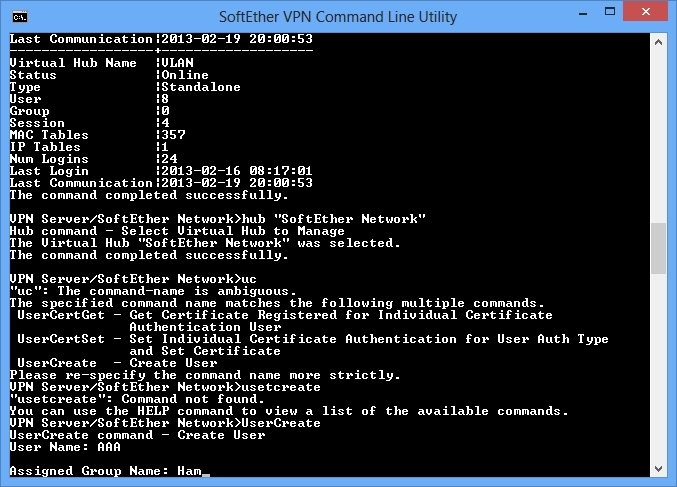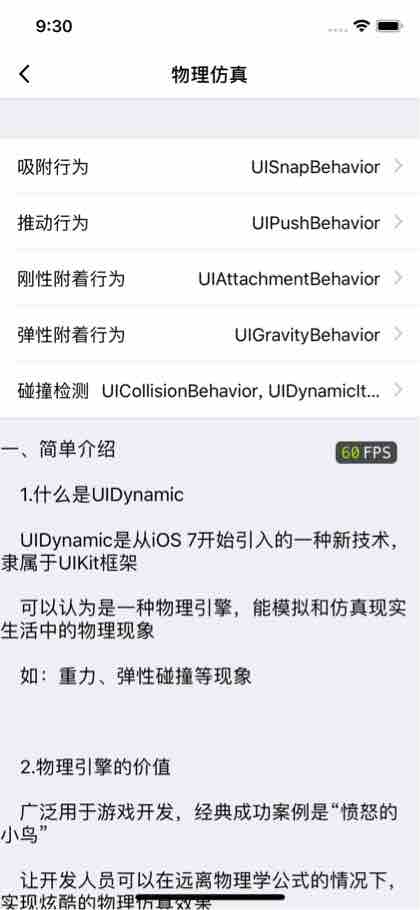Here is an instruction how to connect to a VPN Gate Public VPN Relay Server by using L2TP/IPsec VPN Client which is built-in on Mac OS X. On this instruction, every screen-shots are taken on Mac OS X Mountain Lion. Other versions of Mac OS X are similar to be configured, however there might be minor different on UIs. Download the free official hide.me VPN application client software for macOS. Establish a secure VPN connection now with hide.me. Step 4: Verify your VPN connection by using a web browser to visit The web page will display the network address your computer is using. If the VPN is in use, it should say “On-campus address (VPN).” Step 5: To disconnect from the campus VPN service, click the 'Disconnect' button. L2TP VPN configuration on Mac OS X. DESCRIPTION: SonicWall has the functionality to allow remote users to connect to the network behind the SonicWall using L2TP inbuilt client on MAC OS X using IPSEC VPN protocol. Alternative: OpenVPN open source Tunnelblick program. The open source project has a client for the macOS operating system as well. It is called Tunnelblick and it is less limited in functionality than the OpenVPN Connect Client because it does support the option to connect to multiple OpenVPN servers at the same time.
KB ID 0001693

Problem
We mac users always get overlooked. If I had a pound for every time I’ve heard ‘Yeah we don’t support macs?” I would be a rich man. But thankfully this makes us work things out for ourselves usually!
So recently I did a article Azure: Point To Site VPN (Remote Access User VPN) but what if you want to use the same solution for a remote mac user?
Solution
Firstly you will want to download the VPN package (and have a valid client/user certificate, [see the link above]).
Obviously the installer is for Windows, but within the ZIP file you download, it has a copy of the XML file with the settings in it, and a copy of the Root CA certificate you used.
So your first job is to ‘import‘ the client certificate, it will be in PFX format, (if you followed my instructions), so you will need to supply the password you specified when creating the PFX file (not the mac password), when prompted to install it (double click on it).
The engineer in me isn’t quite sure why the client needs the Root CA certificate on it, (because that’s not how certificates work!) But Microsoft insist it’s necessary, so also double click and install the Root CA Certificate, (it’s inside the VPN Package).
You don’t need to install VPN software onto the mac, (it has its own built in). Click the Apple Logo > System Preferences > Network > Add > Interface = VPN > VPN Type = IKEv2 > Service Name = Azure-Client-VPN > Create.
Now open the XML file from within you VPN client software ZIP file, and locate the FQDN of the ‘Gateway’ address in Azure > Copy it to the clipboard.
Paste the server address into BOTH Server Address AND Remote ID > (Leave Local ID blank for now) > Authentication Settings
Openvpn Client Mac Os
WARNING: I’m using mac OS Catalina, so I choose ‘None’ (NOT CERTIFICATE). But for mac OS Mojave (and older) CHOOSE CERTIFICATE). It’s a bug that causes an error (see below) if you don’t.
Select > Choose the CLIENT certificate you imported earlier, (Take note of the name in brackets, this is the common nameon the certificate). You will need this in a minute! > Continue > OK.
Put the Common Name from the certificate into the Local ID section > Apply > Connect.
All being well it should connect, (though it may prompt for you to enter your user password). BY DEFAULT the option ‘Show VPN Status in Menu Bar‘ should be ticked, if it isn’t then tick it.

With that option ticked, you can connect and disconnect the VPN quickly without needing to go back into System Preferences like so;
Error: VPN Connection, ‘An unexpected error occurred’
Remember above when I said choose ‘None‘ for Catalina, NOT certificate? Well this is what happens if you choose certificate!
Related Articles, References, Credits, or External Links
NA

Vpn Client For Mac Os Catalina
VPN Protocols
There are no limitations regarding the use of VPN protocols.

Shimo supports every major VPN protocol that is currently available: The widely used CiscoVPN, the very secure OpenVPN and all standard-compliant IPSec connections. It also handles Point-to-Point Tunneling (PPTP VPN) and Layer 2 Tunneling (L2TP) protocols. Even Cisco’s new Secure Socket Layer (SSL) protocol AnyConnect is supported by Shimo – the most flexible VPN client for Mac. Shimo also enables you to establish encrypted Secure Shell (SSH) connections including port forwarding for secure web browsing.
There is no other VPN client for Mac which supports this variety of available protocols. If you want to have the all-in-one solution for your secure connections, Shimo is technology of choice. This feature is not only helpful, if you have to handle different types of connections, but rather in cases where your system administrator upgrades or changes the used protocol. With Shimo you are always prepared and ready to go.
Client Vpn For Mac Os Versions
Shimo does not support PPTP/L2TP on macOS Catalina due to Apple's enforced security requirements.
